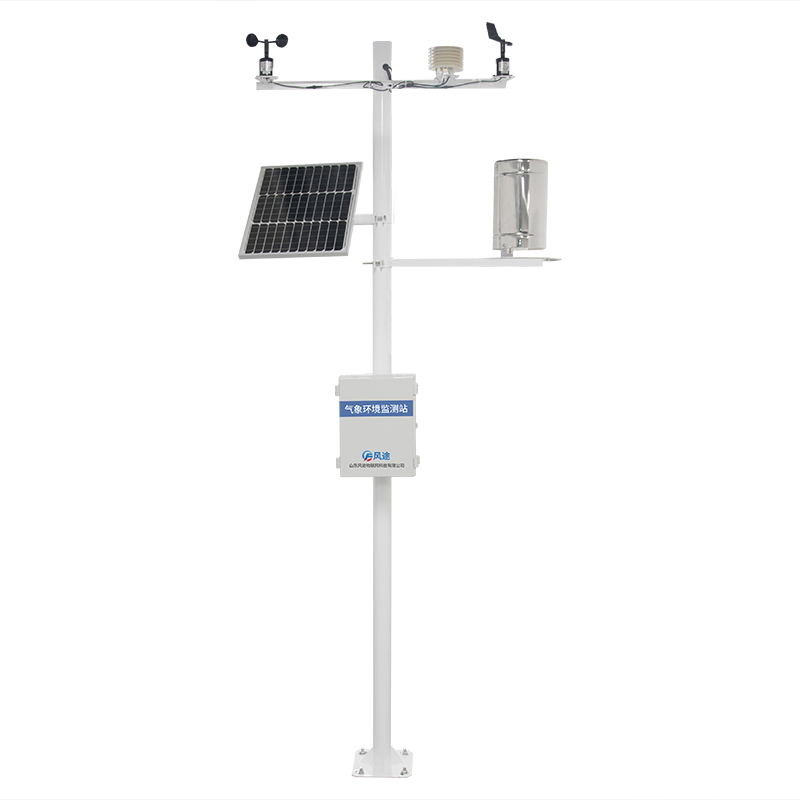Shandong Fengtu IOT Technology Co., Ltd
Sales Manager:Ms. Emily Wang
Cel,Whatsapp,Wechat:+86 15898932201
Email:info@fengtutec.com
Add:No. 155 Optoelectronic Industry Accelerator, Gaoxin District, Weifang, Shandong, China

Sales Manager:Ms. Emily Wang
Cel,Whatsapp,Wechat:+86 15898932201
Email:info@fengtutec.com
Add:No. 155 Optoelectronic Industry Accelerator, Gaoxin District, Weifang, Shandong, China
time:2023-01-30 21:47:19 source:Weather Station viewed:536 time
As an important part of the ecosystem, wetlands play a pivotal role in maintaining biodiversity and providing human health. As global climate change and water scarcity become more and more prominent, people are increasingly concerned about the impact of protecting and utilizing natural resources on socio-economic development. Wetlands have the functions of water conservation, flood and drought prevention, air purification, microclimate regulation and flood water storage, as well as rich wildlife resources and unique biological landscapes. However, due to population growth, accelerated urbanization and industrial pollution, environmental damage and other factors, many of China's wetlands have been seriously disturbed and threatened. Wetland degradation has become a major problem facing the world today.
Wetland monitoring is one of the main tools to evaluate and protect wetlands, which directly reflects the basic condition of wetlands and can be scientifically and reasonably managed and developed according to the actual situation. Wetland monitoring includes both meteorological monitoring and remote sensing monitoring. Meteorological monitoring is to obtain parameters such as temperature, salinity and precipitation in the wetland surface soil through detection methods such as meteorological stations.
Wetland meteorological stations include a monitoring terminal and a software platform, which collects all meteorological information. It mainly includes air temperature, relative humidity, wind speed, wind direction, rainfall, radiation, PH, dissolved oxygen, turbidity, blue-green algae, ammonia nitrogen, water level, flow rate, soil water content, soil temperature, soil salinity, PM10, PM2.5, etc.
Comprehensive monitoring of meteorology, hydrology and water quality, soil, air quality, etc.

The quality of air directly affects people's lives and health. People can detect changes in air quality through their senses and take appropriate measures accordingly. Clean air helps to improve people's health and quality of life. Therefore, we should pay attention to the air quality proble...
Instruments for measuring rainfall:Rainfall measurement is a method used to measure the amount of rainfall and is usually achieved using a rain gauge. A rain gauge is a special container that measures precisely the amount of rainwater collected over a certain period of time. Typically, a rain gauge...
The Radar Water Level Monitoring Station mainly uses radar waves to measure the water level height, and its principle is as follows:The Radar Water Level Monitoring Station is equipped with a radar sensor, which emits high-frequency radar waves (usually in the microwave frequency band) towards the w...
What are the benefits of installing a regional automatic weather station? A regional automatic weather station can realize the functions of collecting, processing and storing weather data, playing an important role in weather analysis and providing a reliable basis for local weather warning. It has...